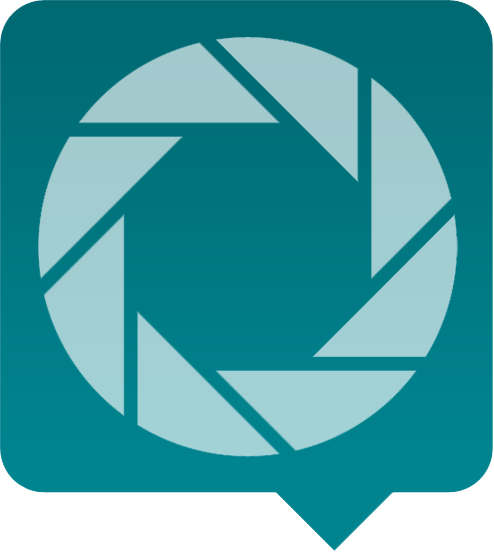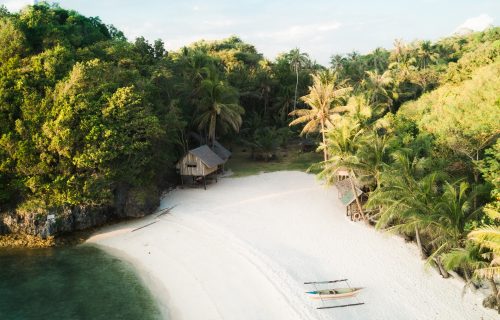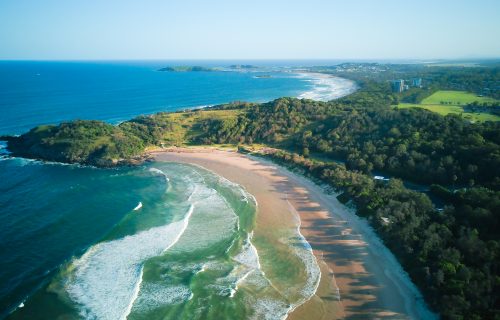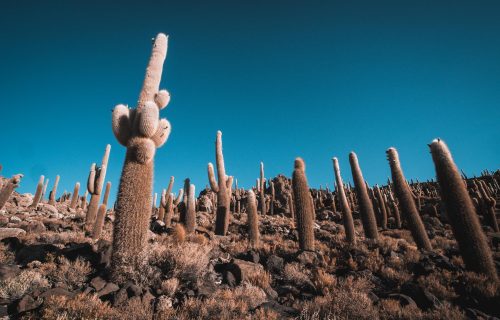How to Travel the Kingdom of Zanskar
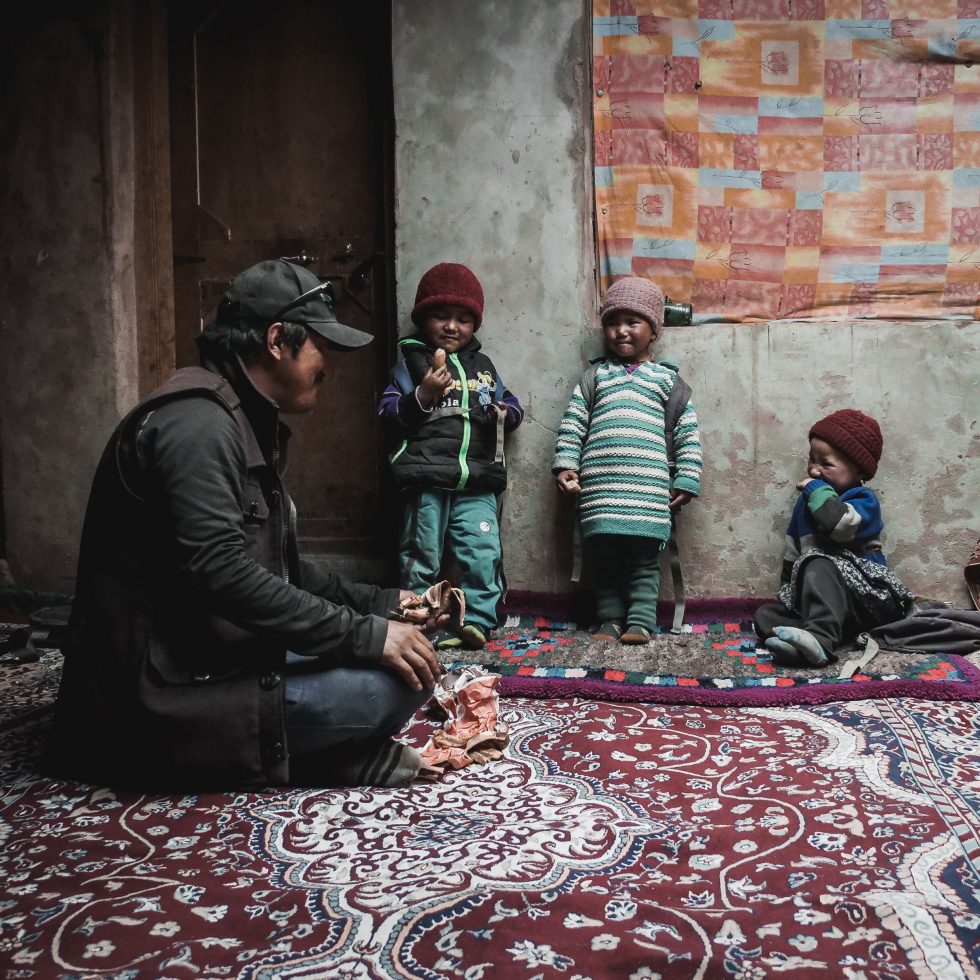
In Summer 2018, I shot a documentary in Zanskar and got to see most of the countries hidden gems. I want to share this experience with you guys, as it was so remote and very local. It’s important to note that we did this trip between June 6-16 due to the road conditions. Roads to Zanskar are only open a few weeks per year. In the winter, traveling in and out of Zanskar as a tourist is nearly impossible. You’ll have to drive on frozen lakes or hike through the snowy mountains.
LEH
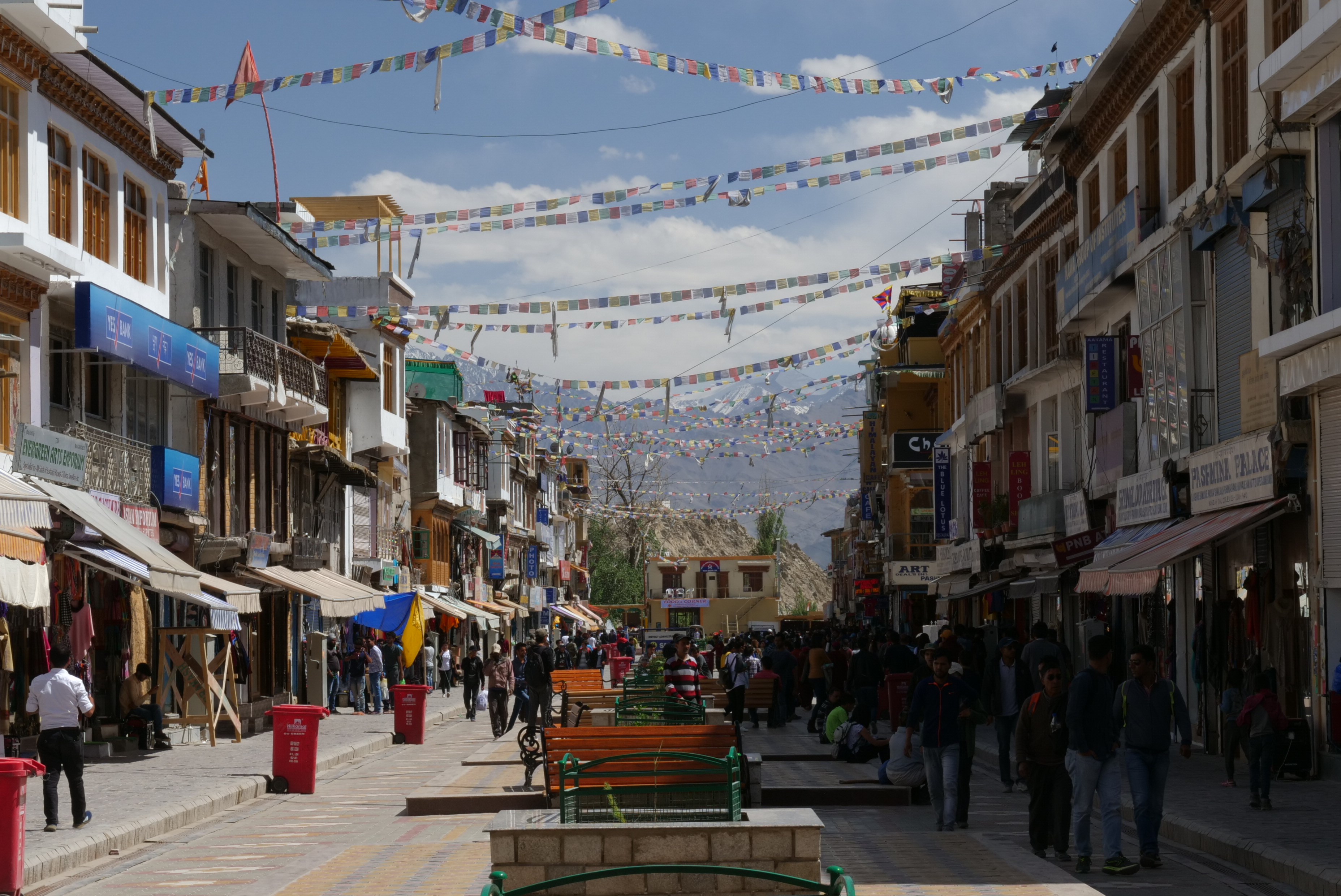

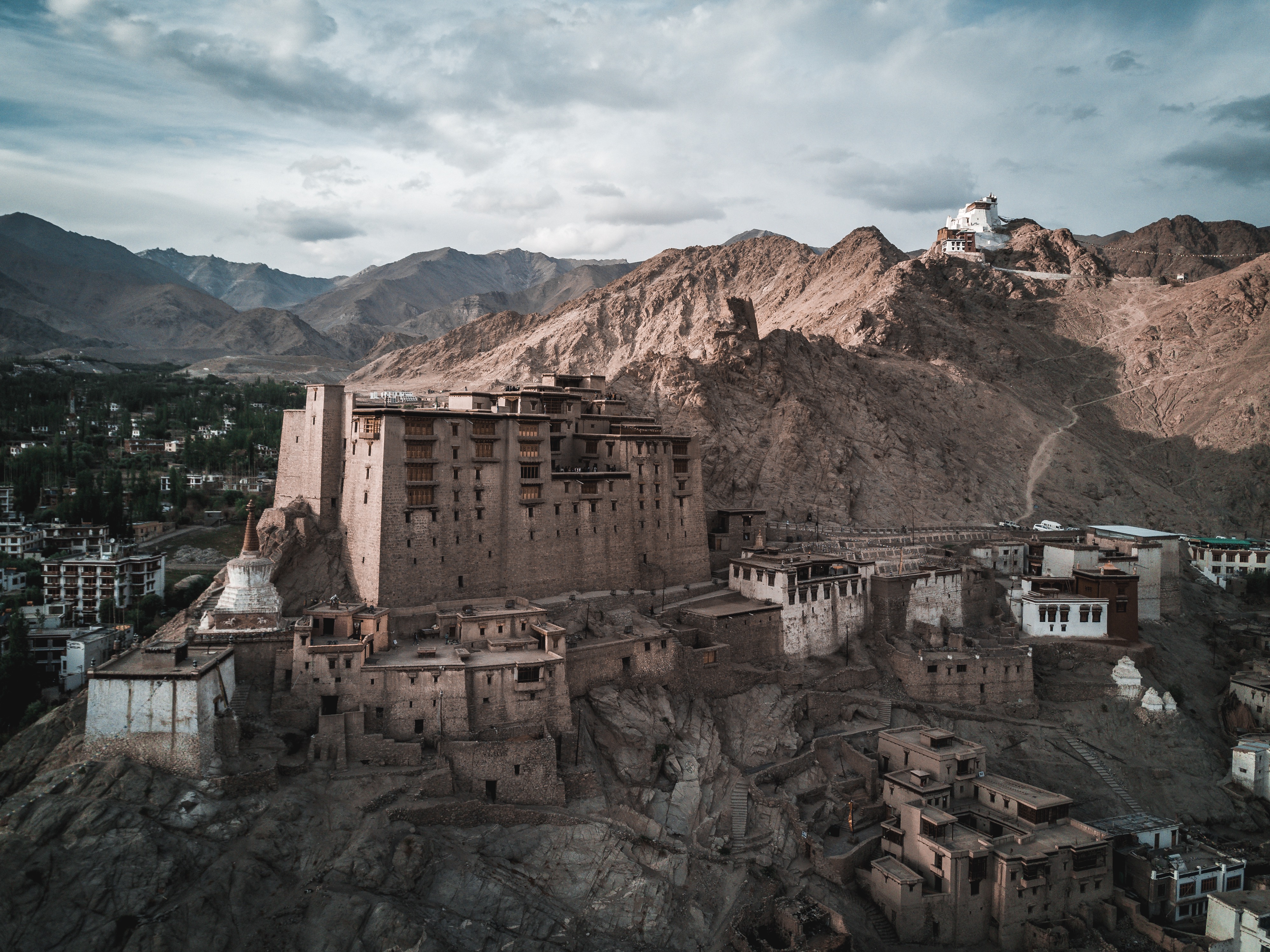
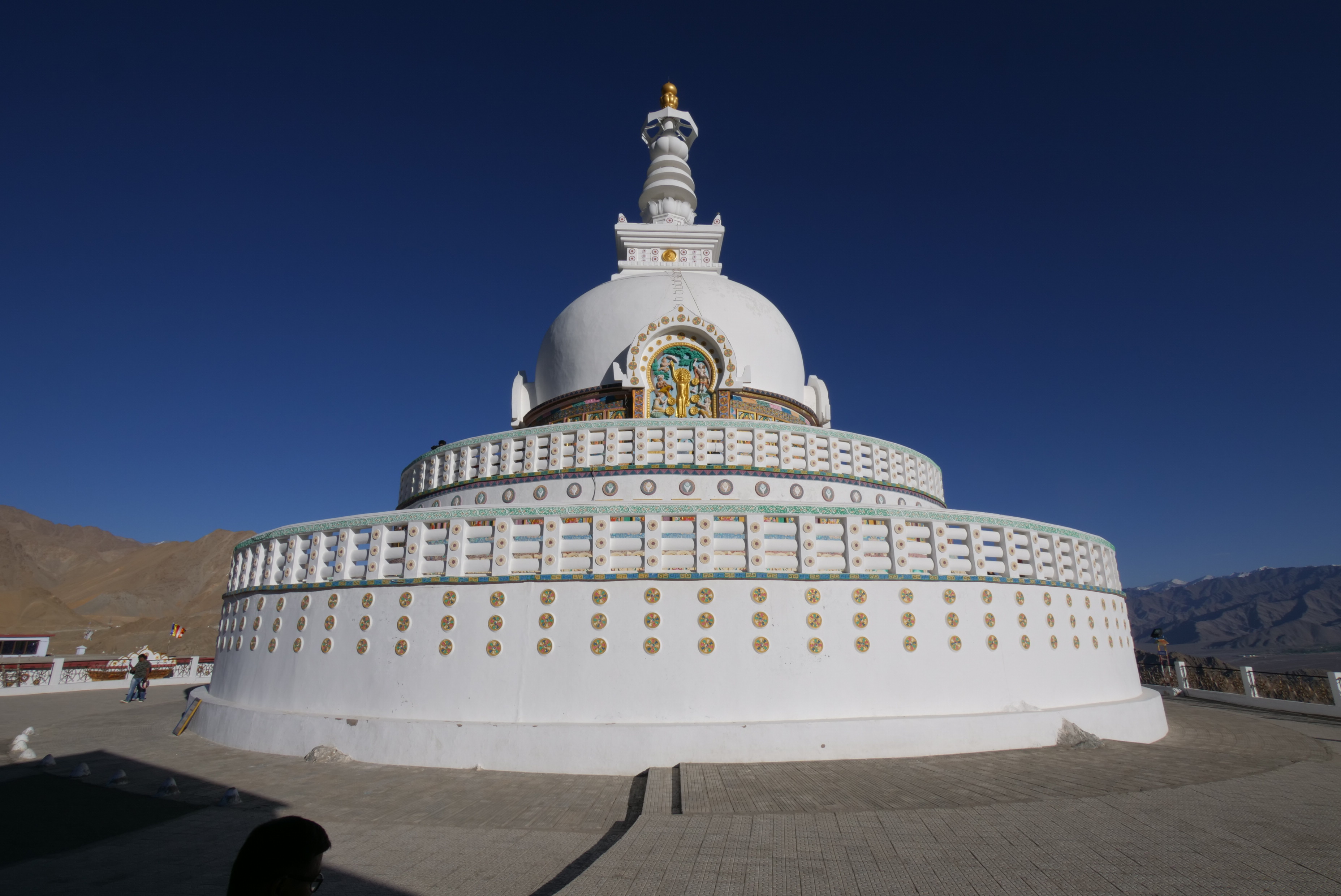
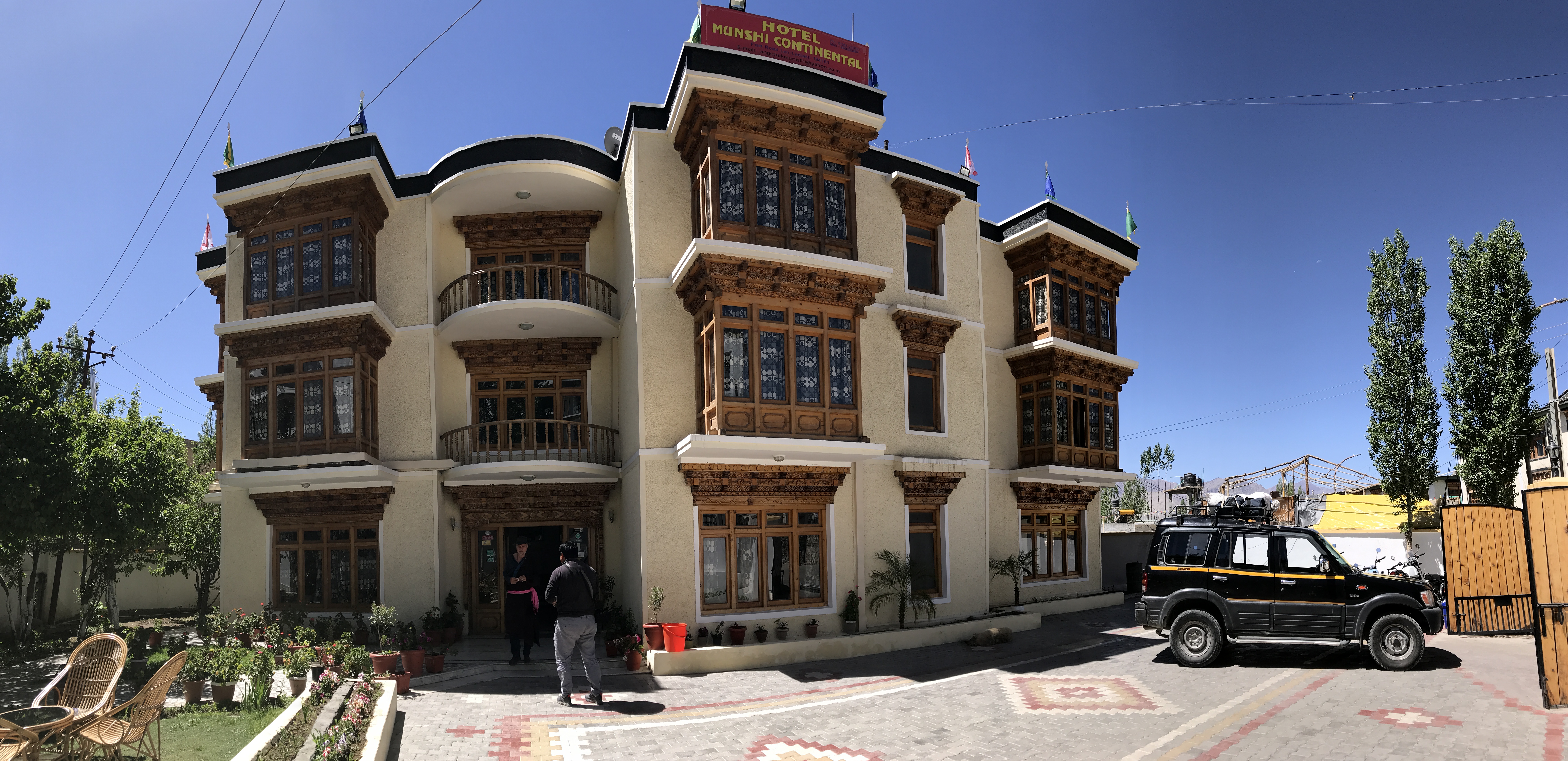
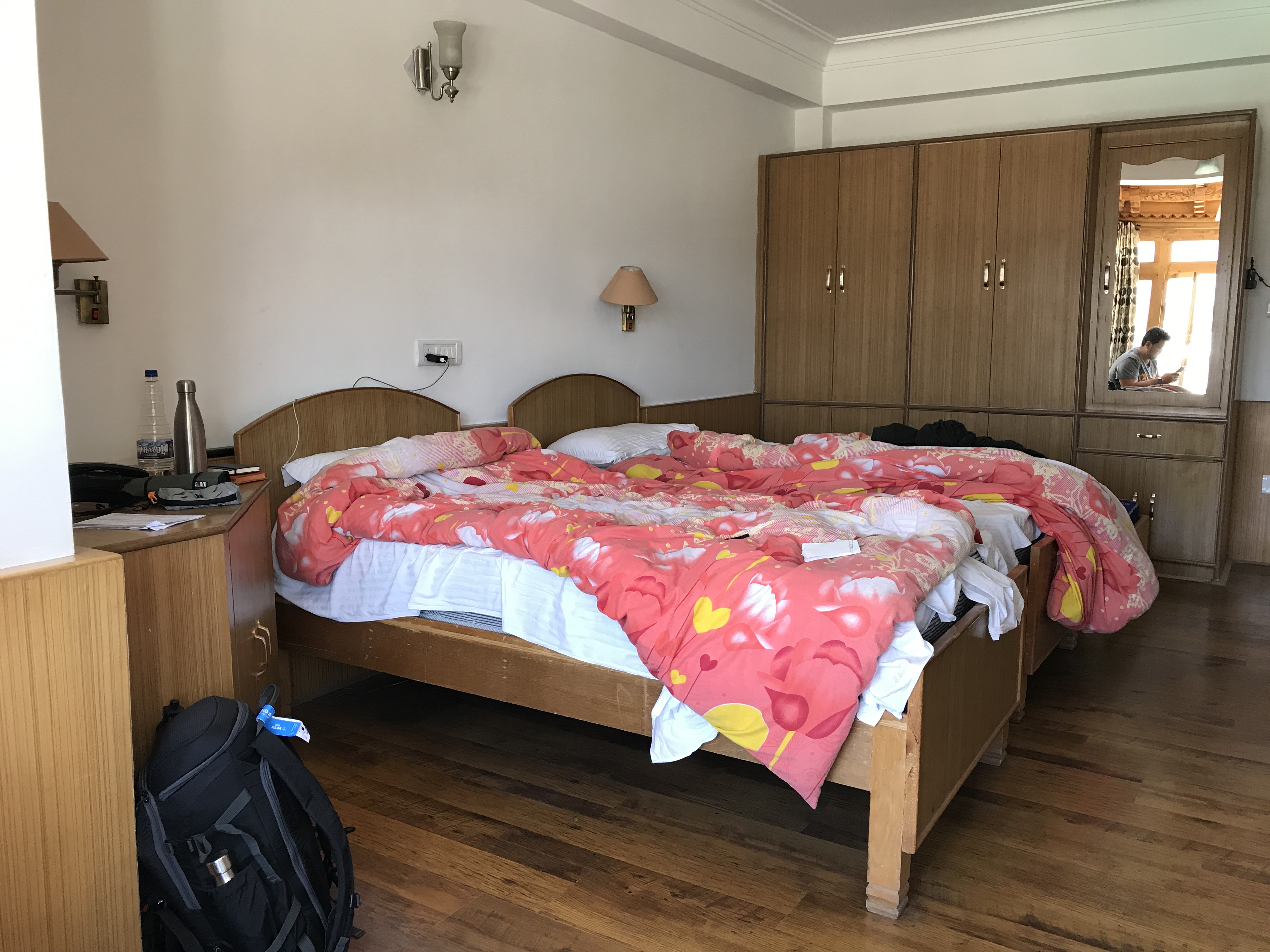
ROADTRIP TO KARGIL
The roads here are good. Though the landscape is very dry in the summer, you will mostly see grey, stone landscapes and dry colorless mountains in the background. On the streets, everything is full of coloured trucks and you notice that everything is branded TATA. The most common heavy steel industry is run by this company. The government does a very good job in putting up signs on the side of the road to discourage speeding ad encourage safe driving.

LAMAYURU
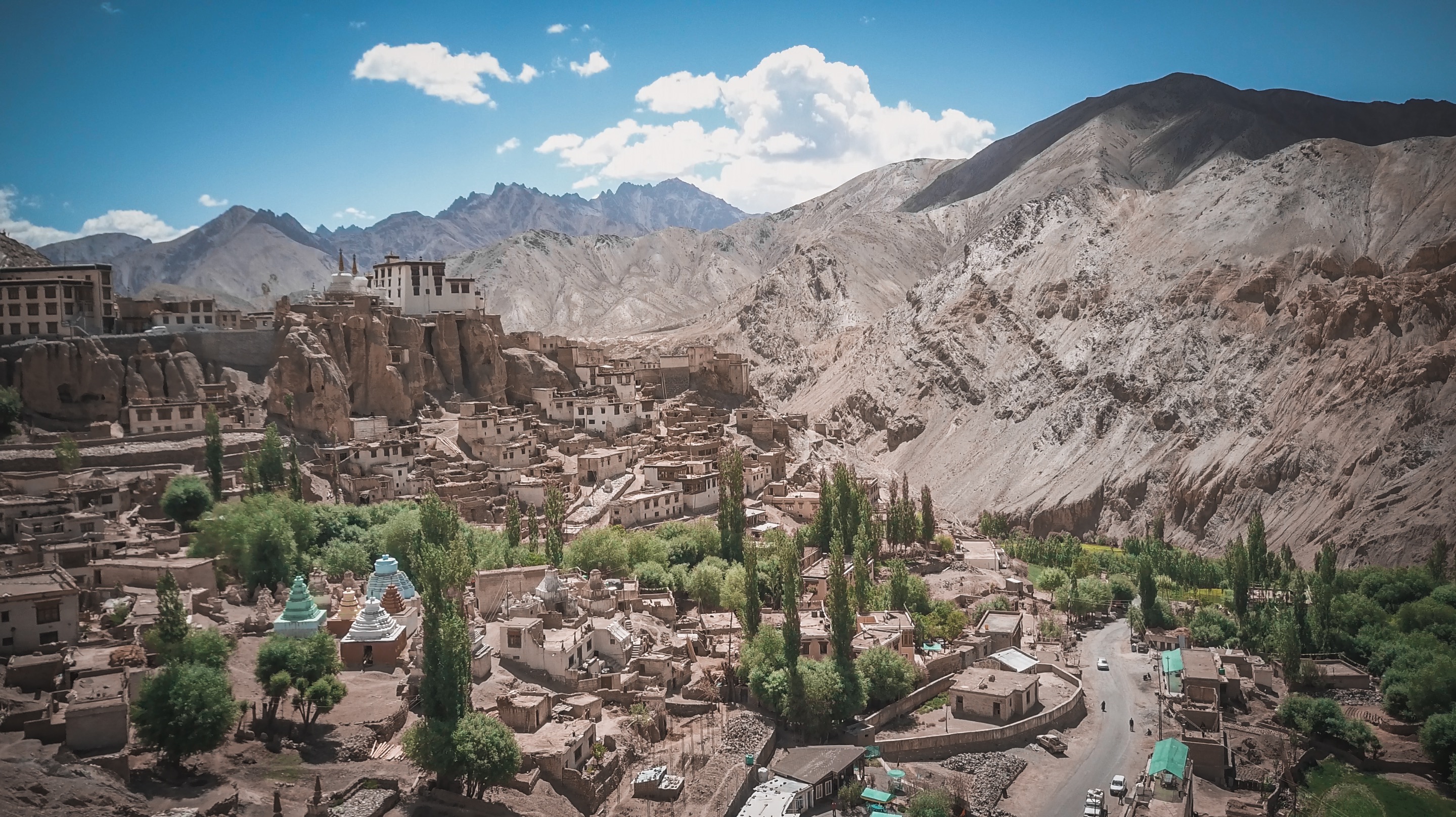
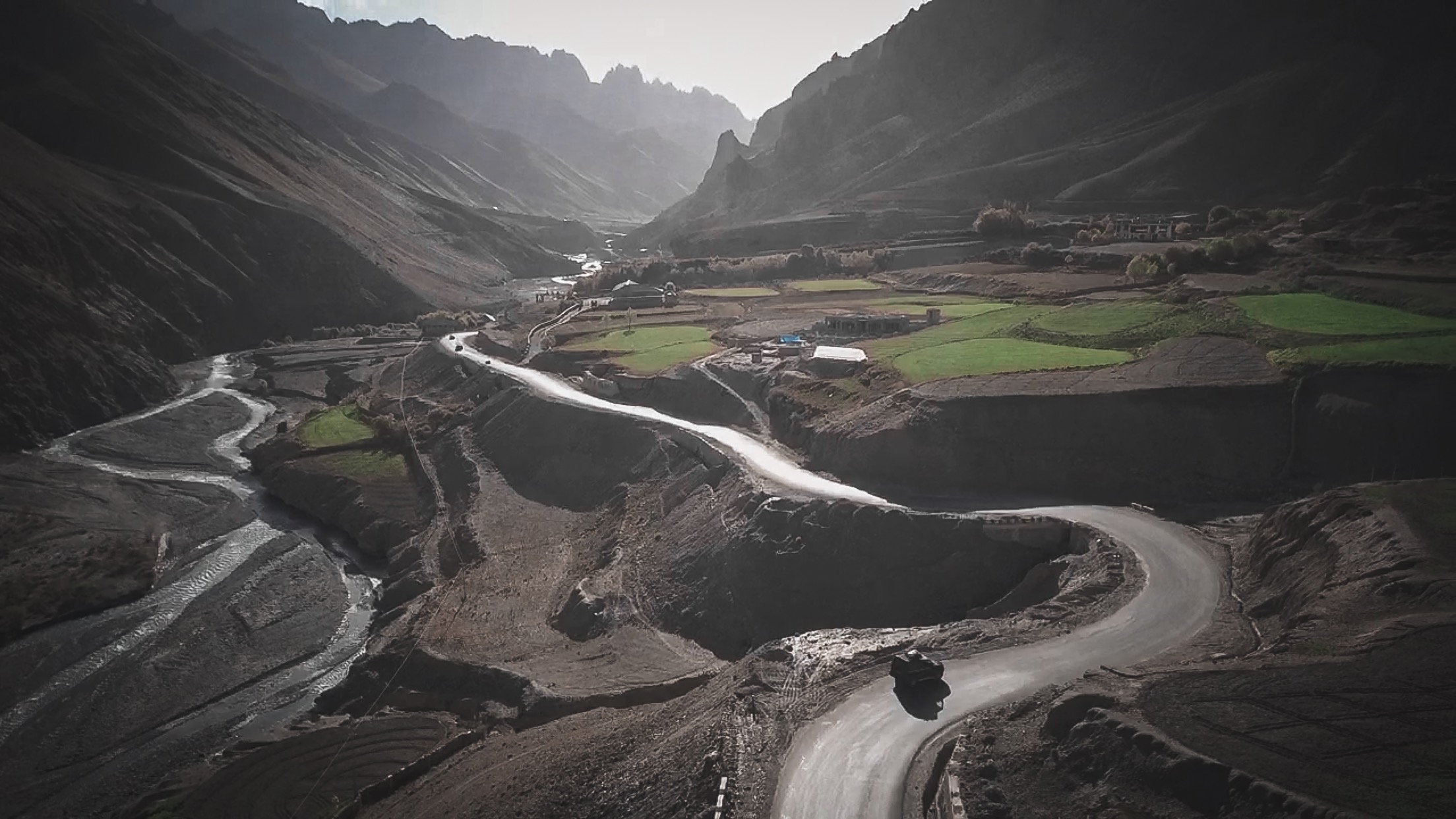
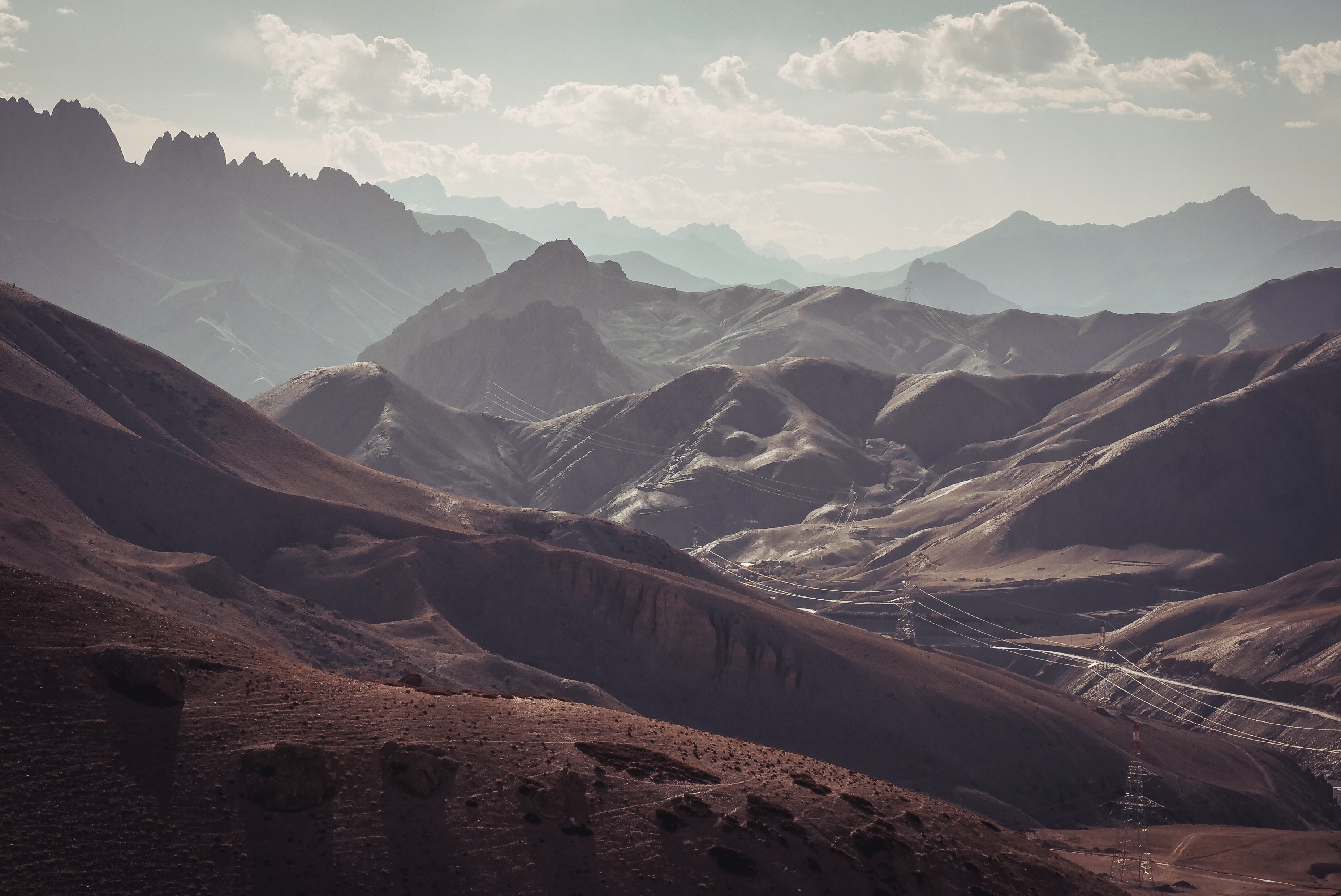
KARGIL is considered to be a more industrialized city just like Leh. We didn’t have a chance to explore the city, instead we just passed by and slept at the Malla Guest House in Lankerchey. It was a small and cute homestay. We got our private rooms and it was like staying at a local families place. They prepared dinner for us and we got to talk with them about the region. It was 1000 better than staying at a hostel or hotel. I didn’t regret not staying in Kargil because our journey will bring us to places far more beautiful with more natural landscapes. So unfortunately I can not write anything about Kargil here.
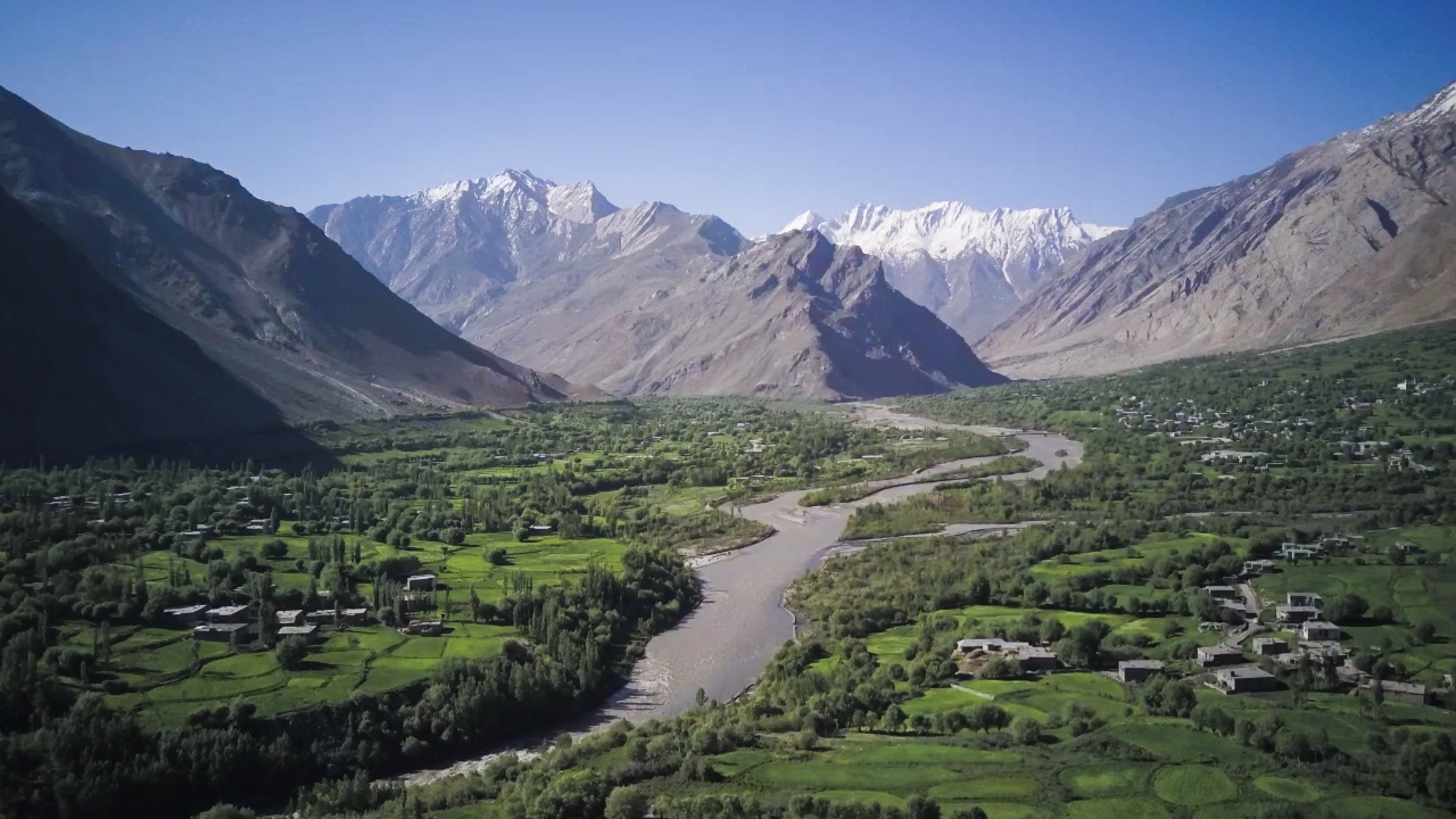
RANGDUM
At some point, the roads heading towards Rangdum stop being paved. So prepare for bumpy driving and passing through many checkpoints, as these are common places where hikers can get lost. The landscape is more wild here and we start seeing gigantic snowy Himalayan mountains in every direction. In Rangdum you can stop for a small local meal and a short rest. It’s basically just a few houses surrounded by snowy mountains.
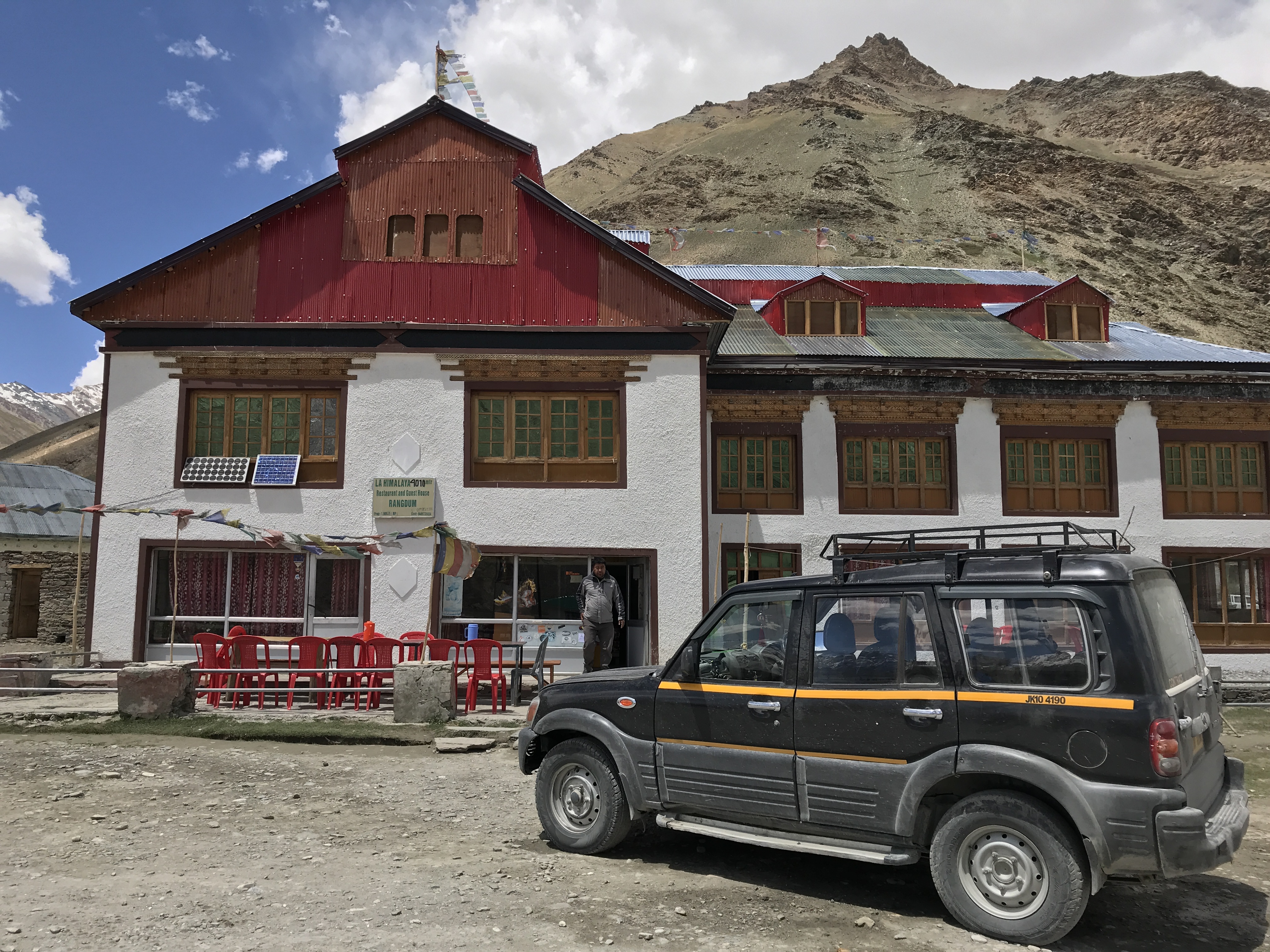
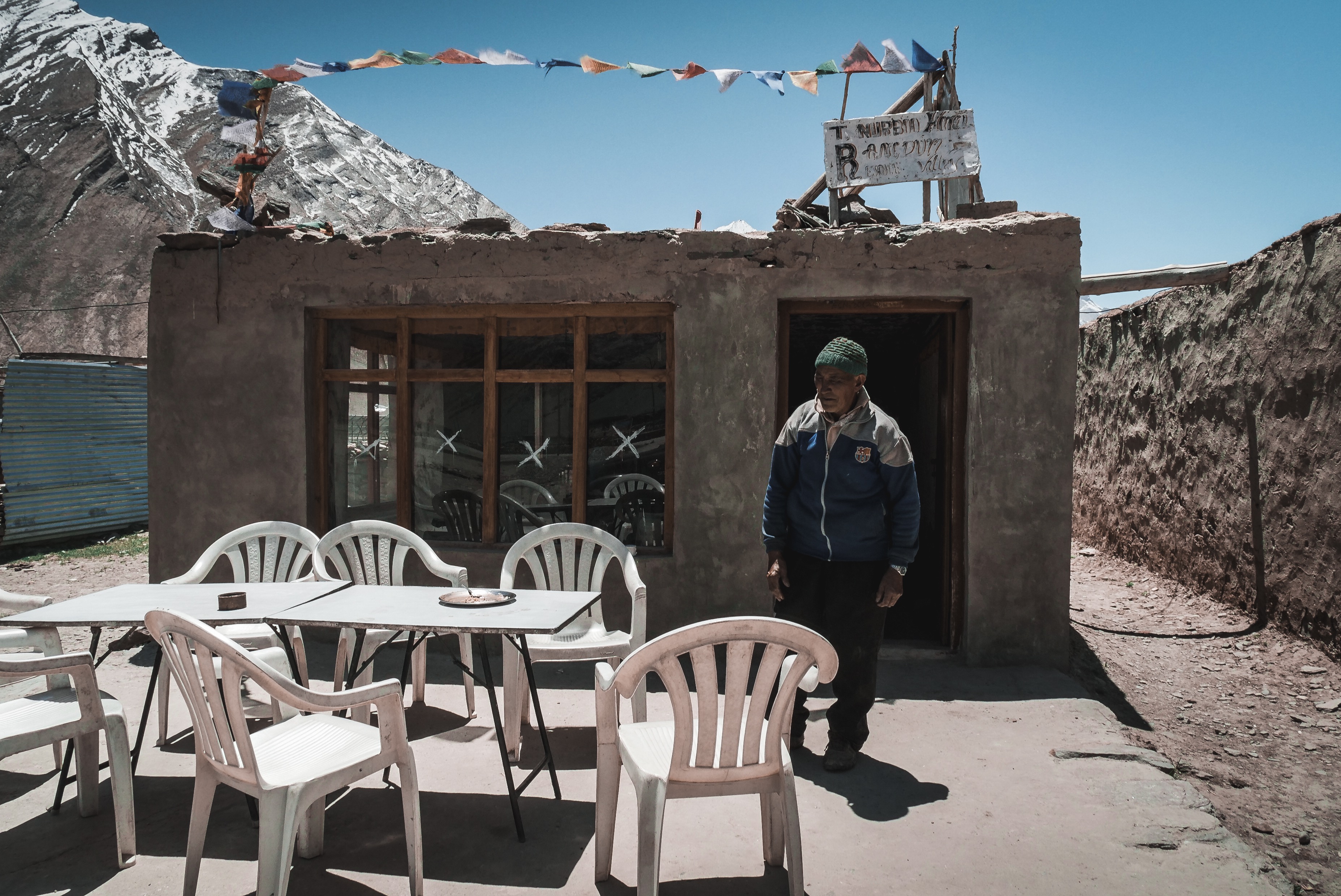
THE KINGDOM OF PADUM
The journey to Padum is an adventure. You basically drive through mountain passes, white Himalayan mountains everywhere you look and we stopped regularly to grab some fresh mountain water from the side of the road. We even picked some wild rhubarb from the side of the mountain and snacked on it. The highlight was the grand glacier we discovered and the entrance to Zanskar up in the mountain. It was a small stupa covered in Tibetan praying flags.

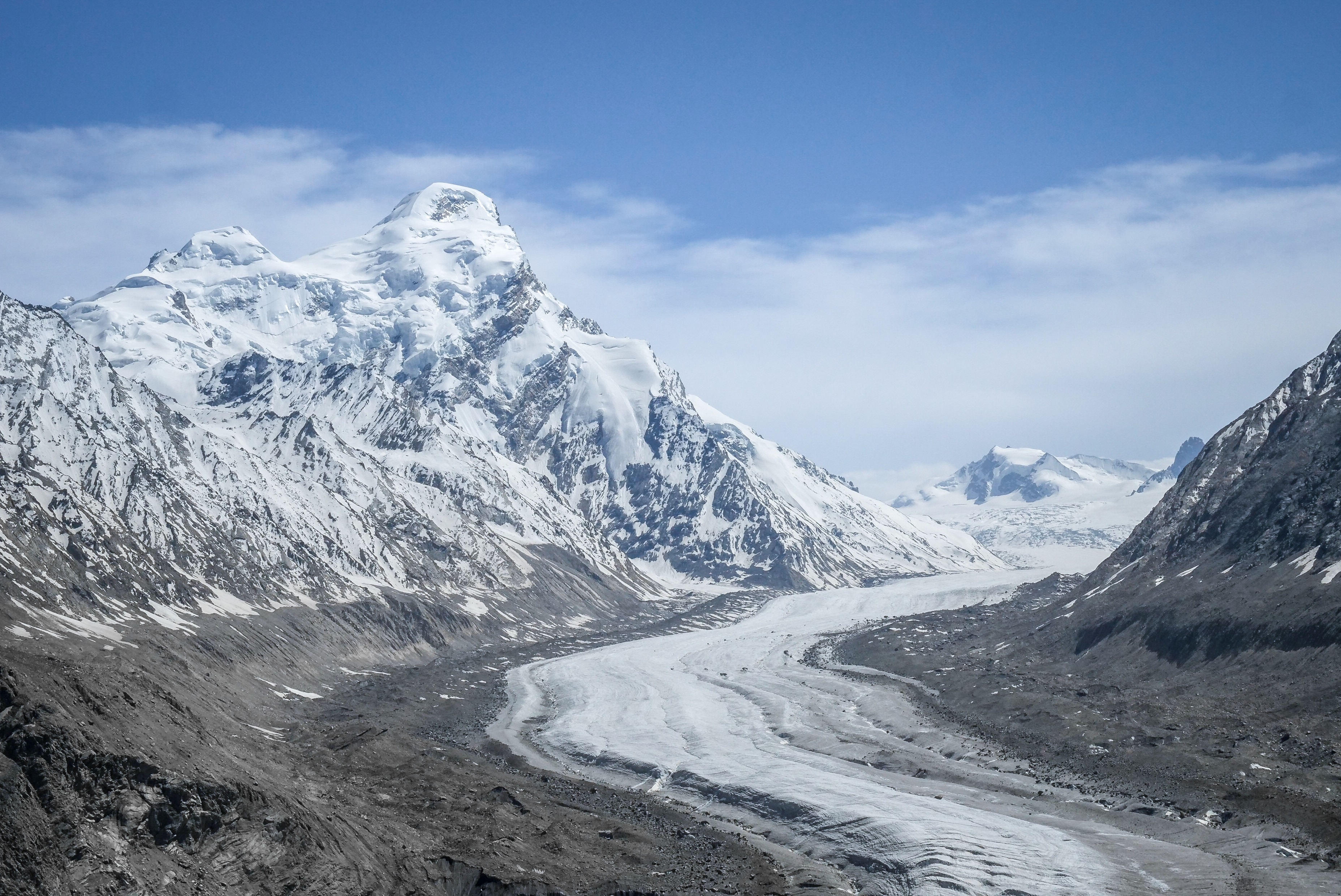
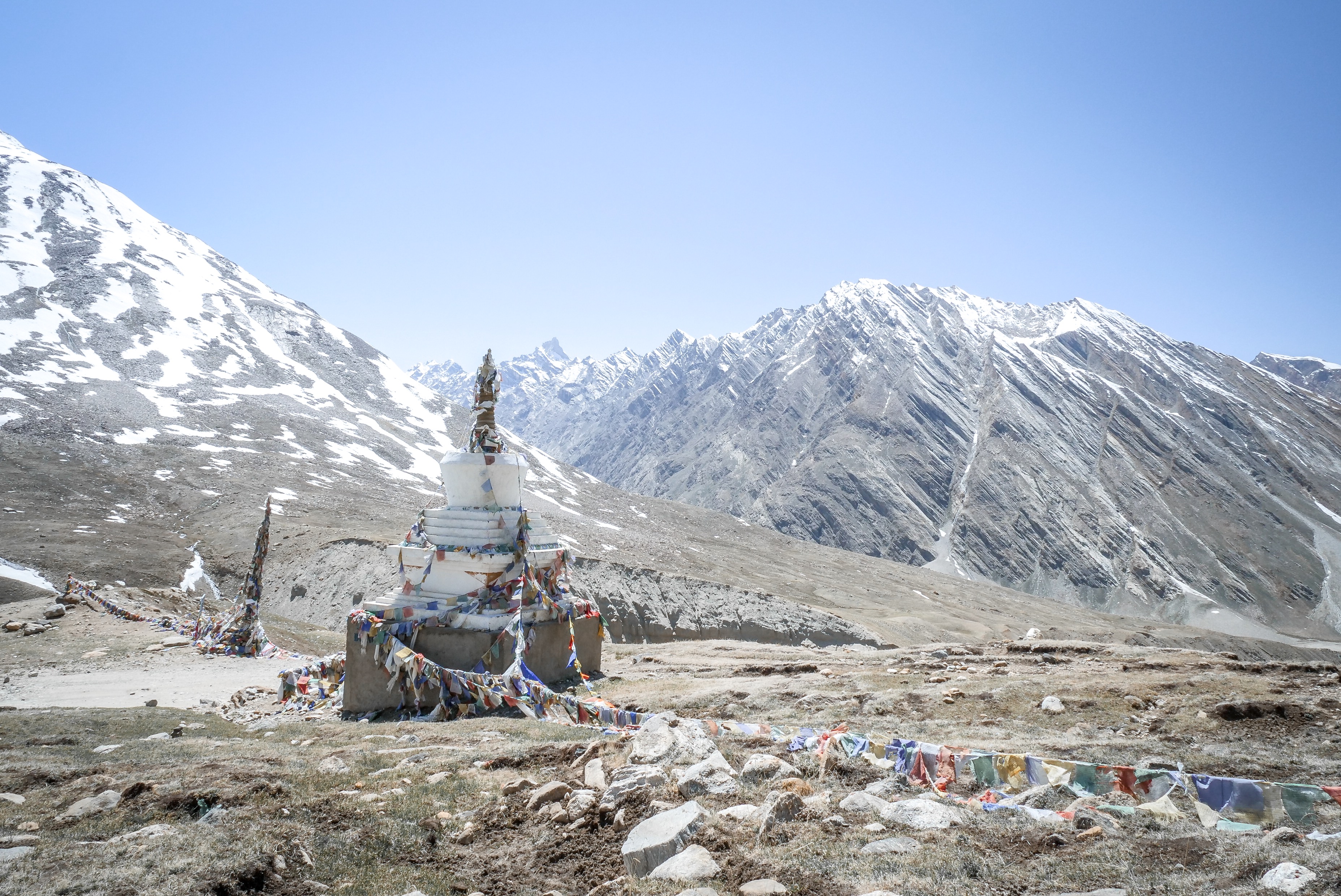
Padum is the capital of the Kingdom of Zanskar. There used to be an old Padum which is now deserted. The new Padum sports restaurants, hostels and even a hospital with western doctors. Still padum, is very rural and local and you don’t see a lot of tourists here. Because it’s very small, everyone knows each other and the community seems very happy and they create a very homey atmosphere in the kingdom of Padum. It took us 2 full days to get here by car from Leh.
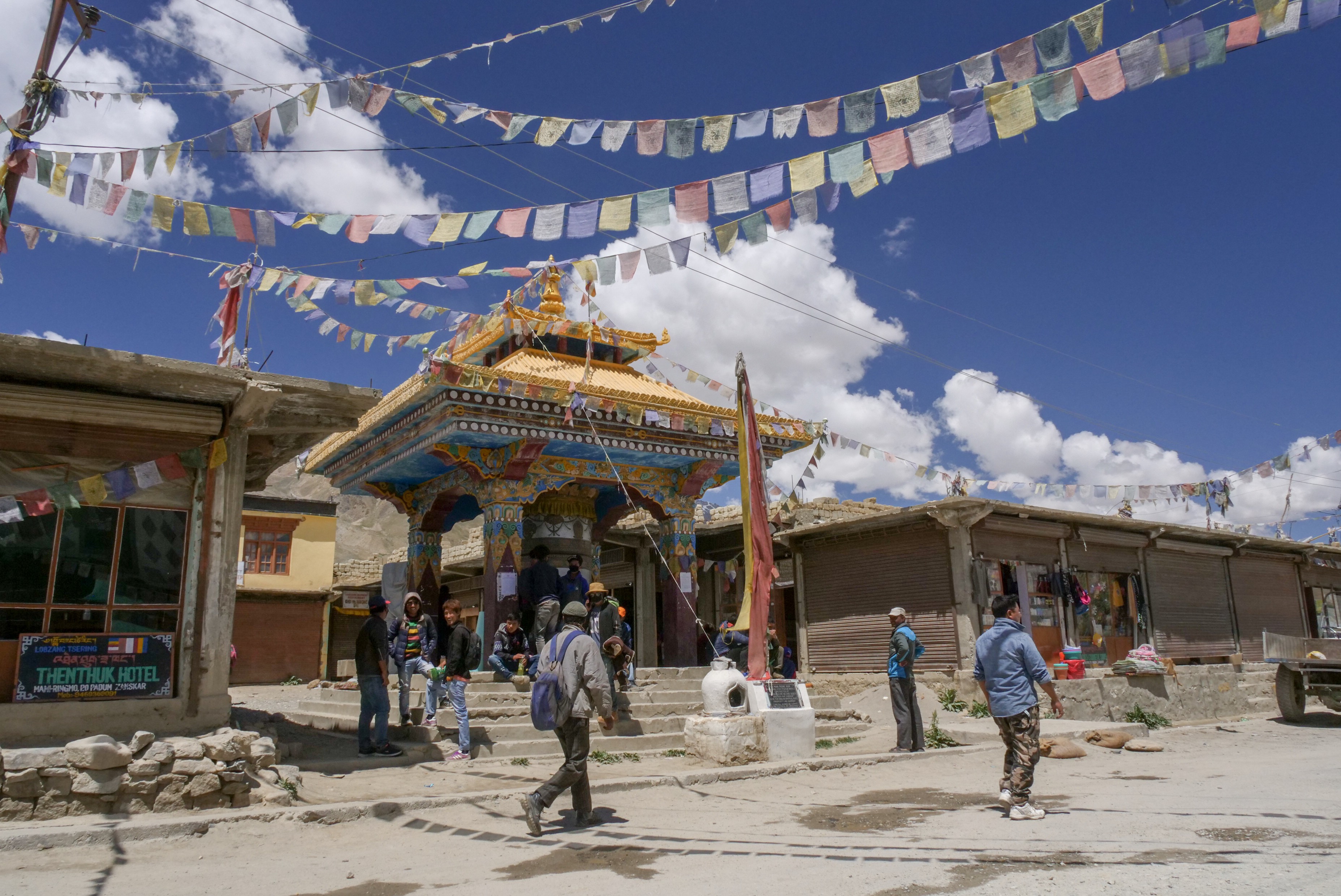
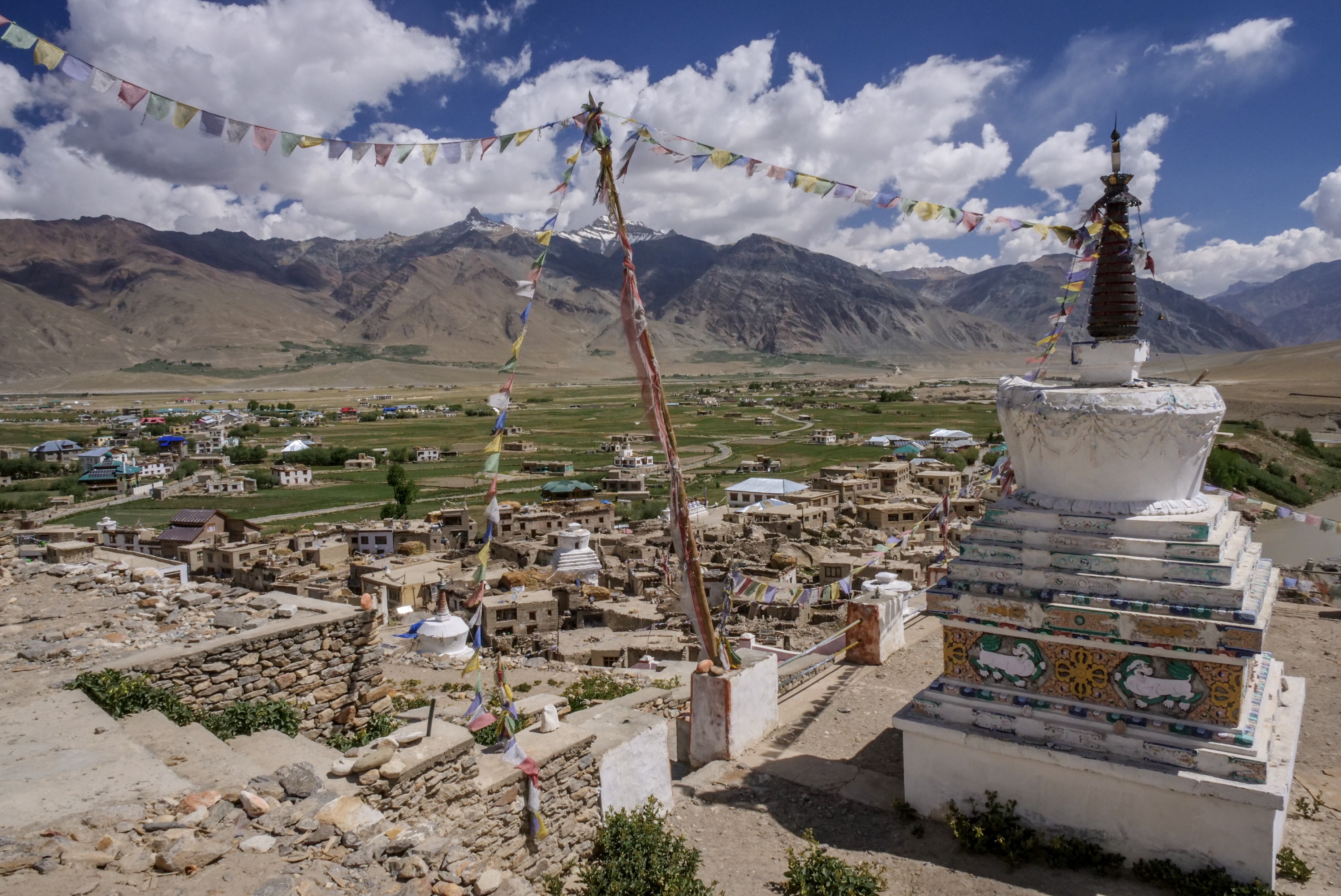
ZANGLA
Zangla was historically one of the two main capitals of the Zanskar Kingdom, the other being Padum. It is only a 1 hour drive from Padum. Zangla is basically a province. It is blessed with green fields and very accomodating home stays. Zangla only gets 4 hours of electricity a day from Padum. There’s no running water either. The people get their water from downstream in huge buckets. We stayed at a very nice and comfortable home stay with locals. They cooked local food for us.
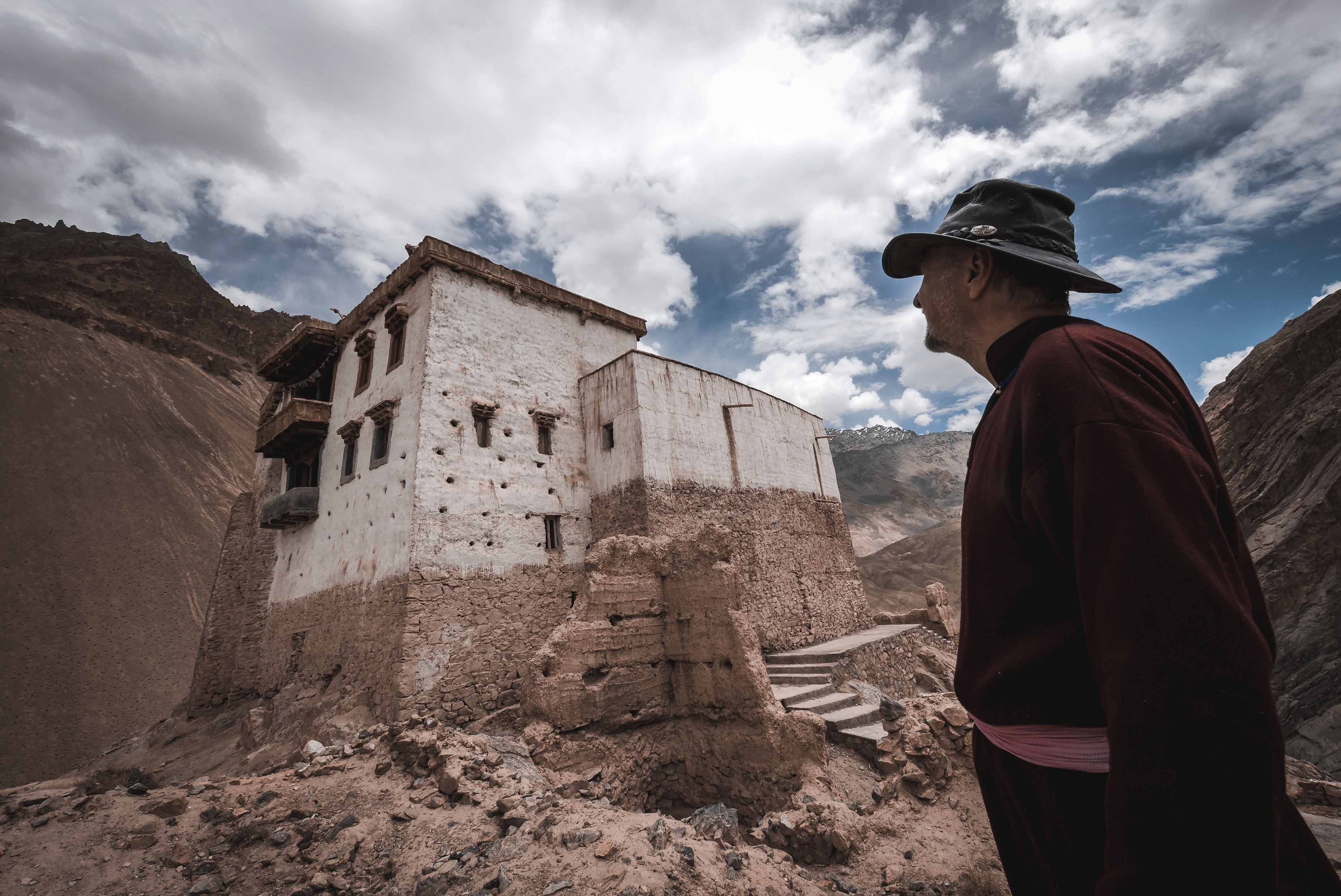
Zangla is surrounded by incredible mountains. It has an awesome nunnery. A Hungarian scholar edited the first Tibetan-English dictionary while living at Zangla Palace in 1823.
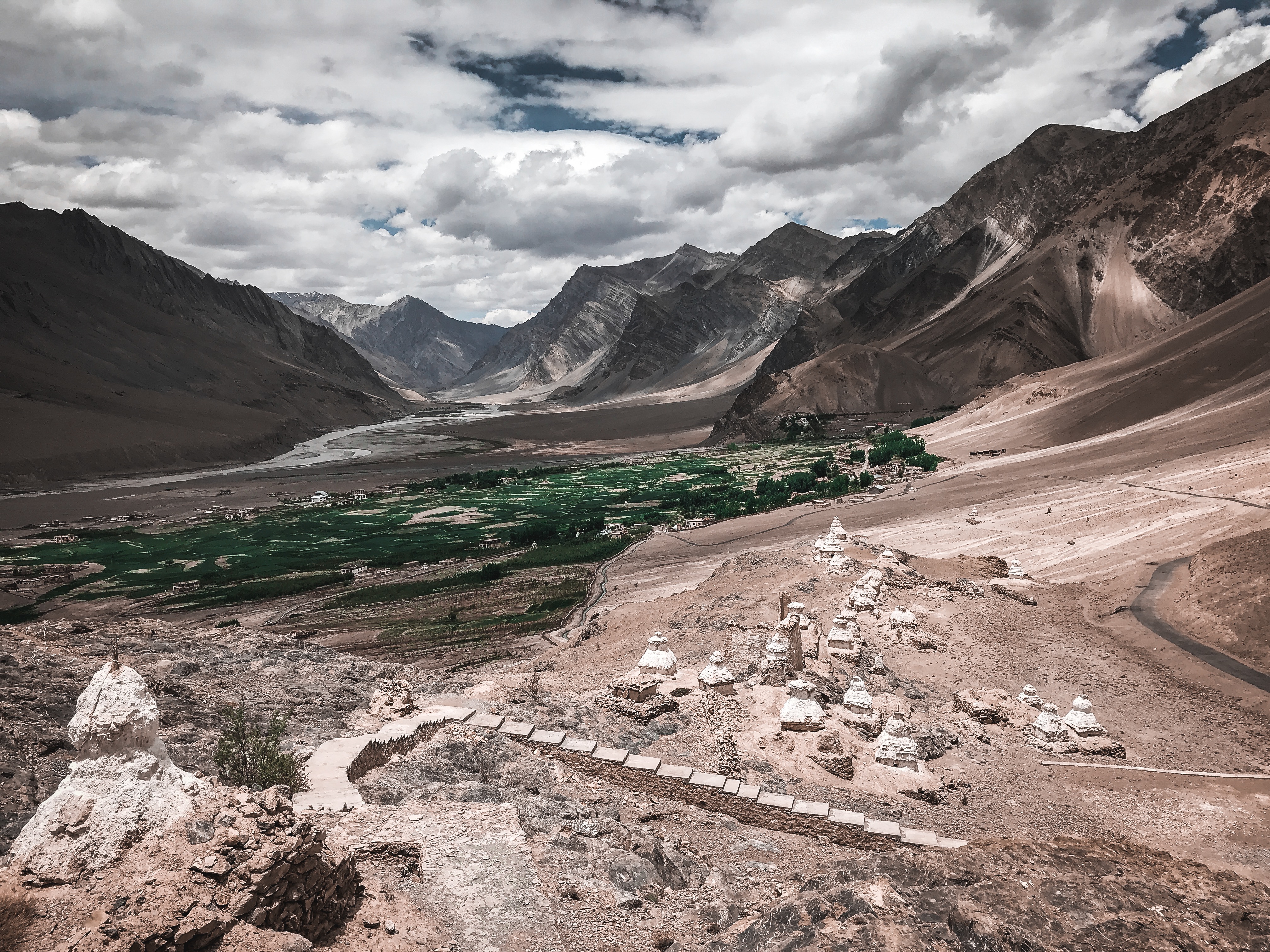
KARSHA VILLAGE
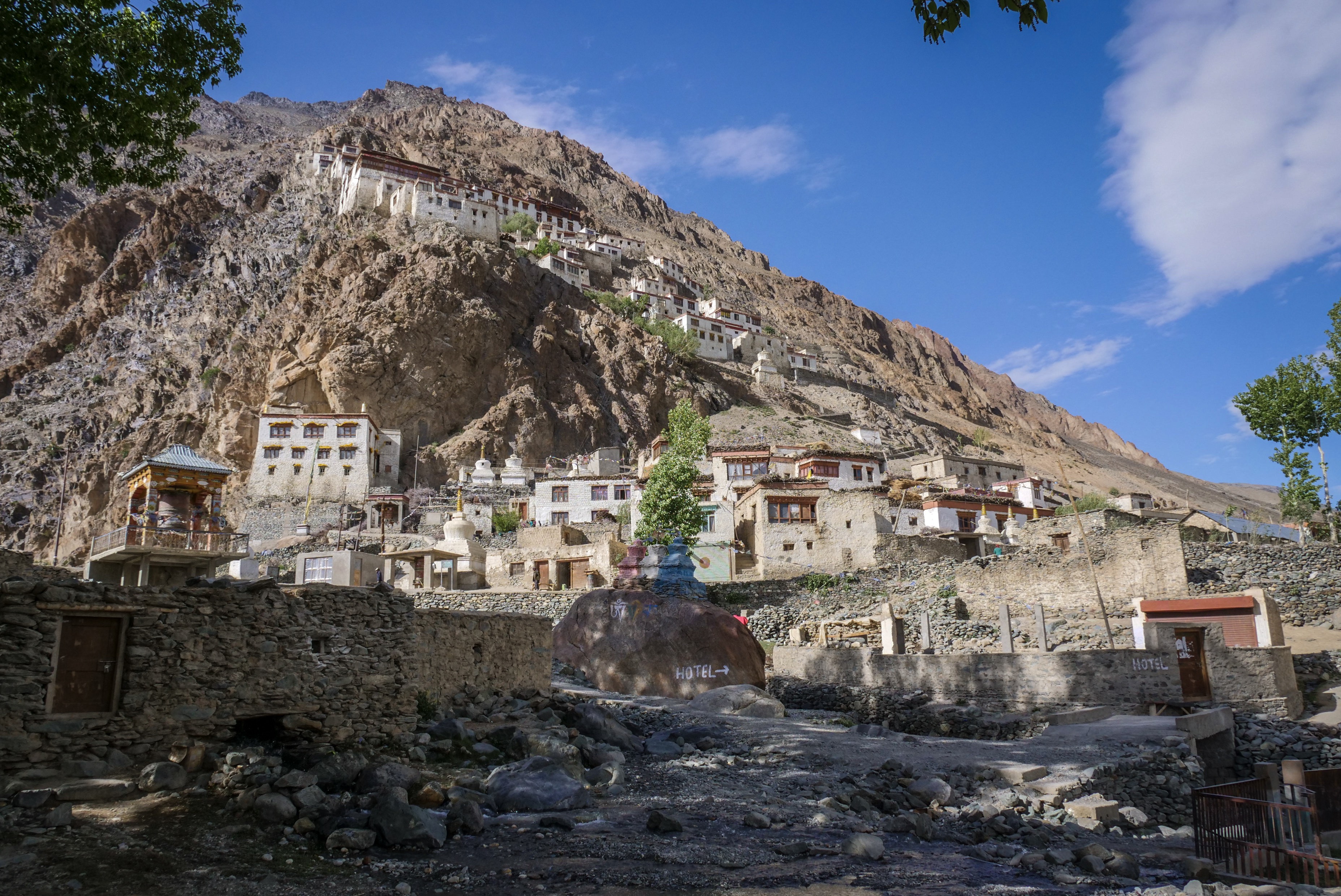
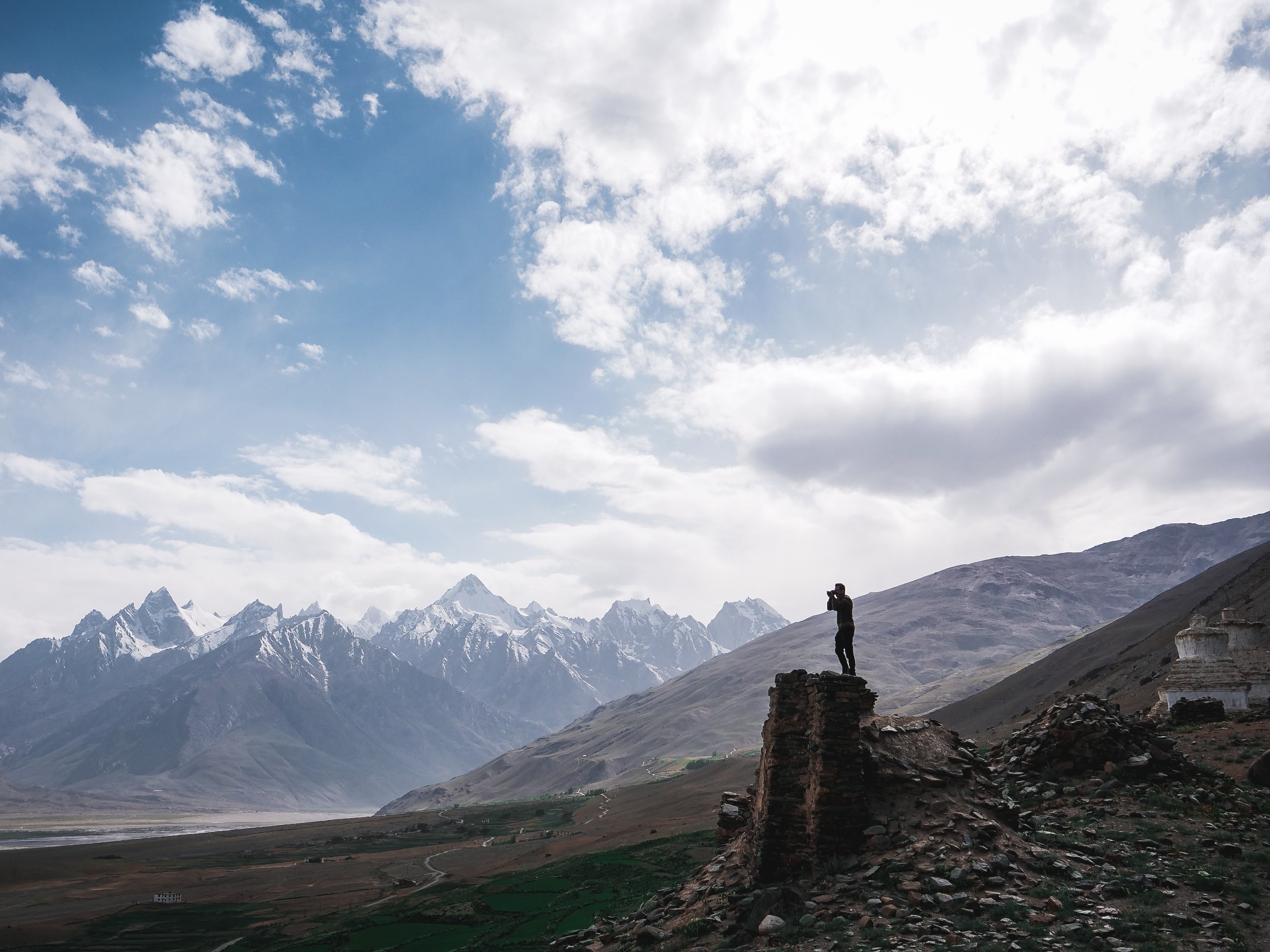
TOURISM
Padum and especially Zangla, and Karsha Village are places you will not find a lot of tourists. If you are a photographer, this is the best best place to do night photography, as you are very high up in the mountains and there literally no light sources to obstruct your camera. In these small villages, you usually stay in guest houses and/or home stays. So depending on what was agreed upon, you are dependent on the locals there when it comes to food and transportation. We had a guide with us at all times. He organised accomodation, food and transportation for the entire 10 days. Eventhough we had a guide, we mostly did untouristy things because we were shooting a documentary.
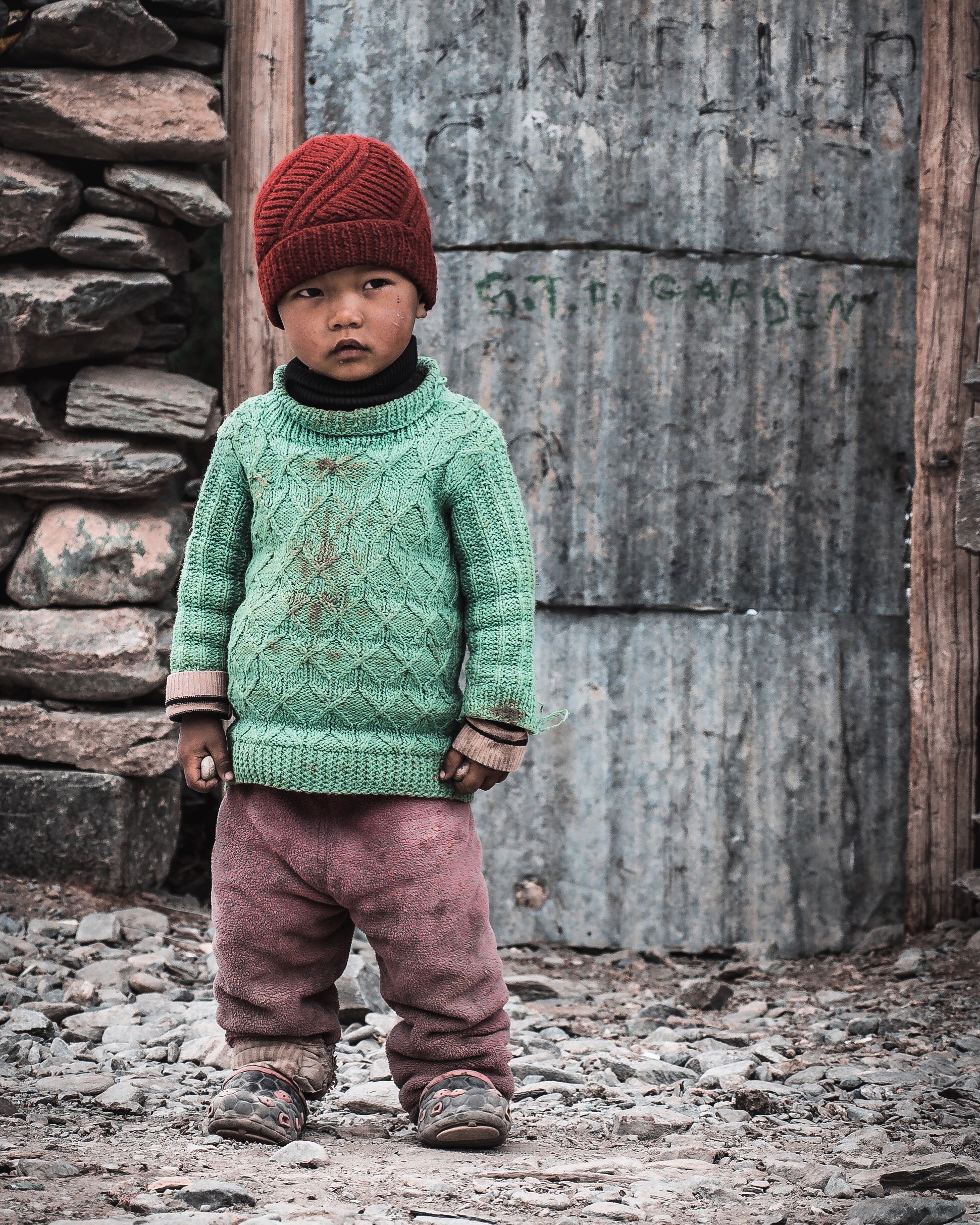
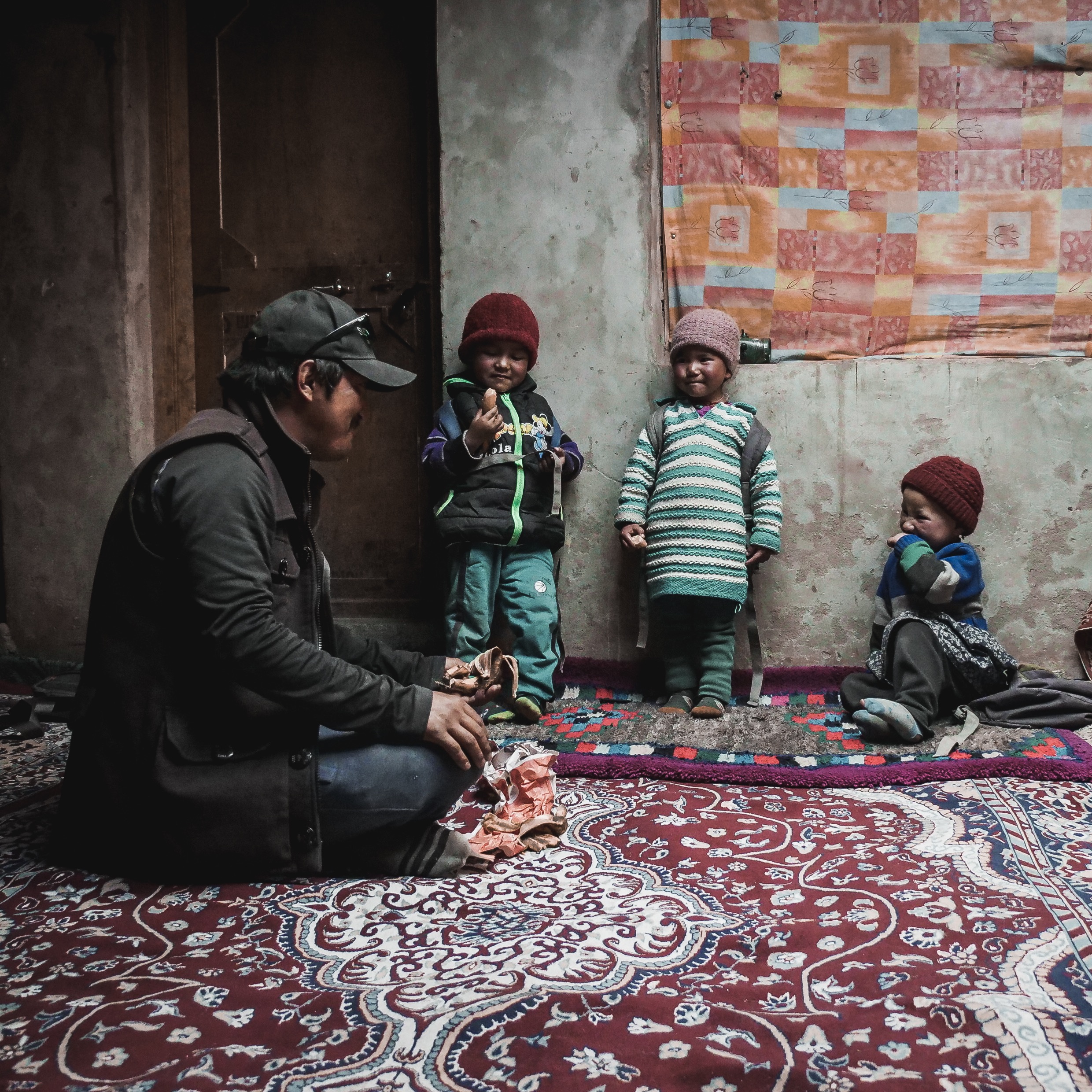
FOOD
Throughout the whole trip I learned that locals usually eat vegetarian in summer and a lot of meat in the winter. In the summer, it is har to store meat as you will need to freeze it and many do not have a freezer or refrigerator. In the winter, vegetables do not grow or are hard as stone and meat can easily be stored in the cold.
Here is a Youtube video about Ladakhi food,
created on this trip by my dear friend Arseny:
https://youtu.be/mkUaYNq-7m8
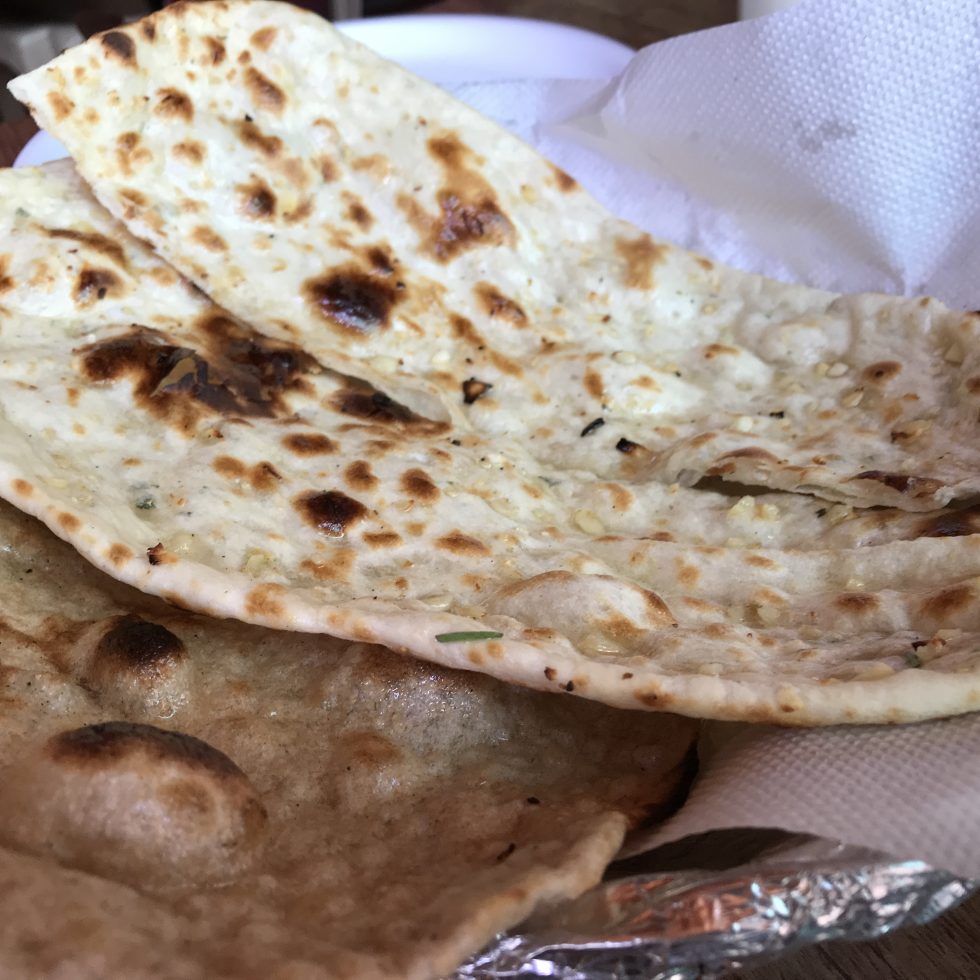
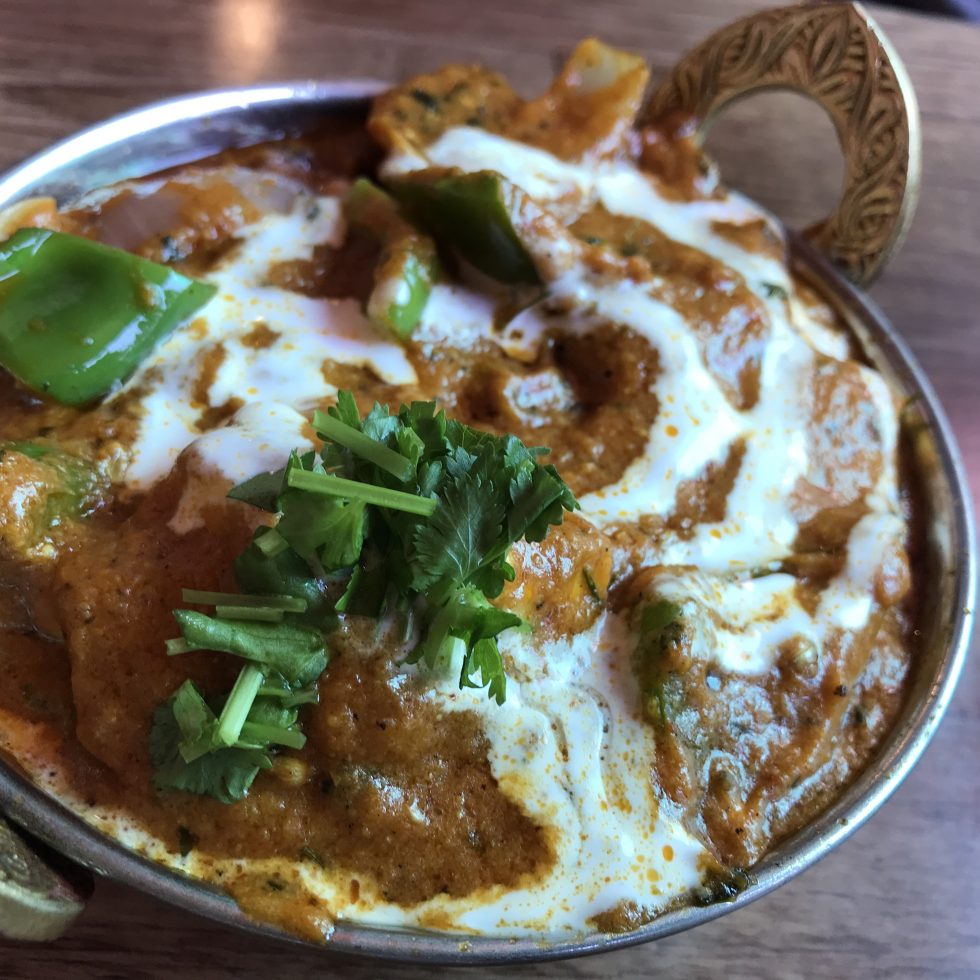
CHECKPOINTS
Nowadays, there is this checkpoint system introduced by the government. You have to pass a certain checkpoint by showing your passport if you leave or arrive at a certain region. So in case if someone gets lost, they can just check the last time they registered your passport and then they can search only that area.
Contact
Tour Guide:
YAK RIDERS
Tel: +91 94694 58192 / +91 9622156580
Email: targesk@gmail.com
Website: www.yakriders.com
